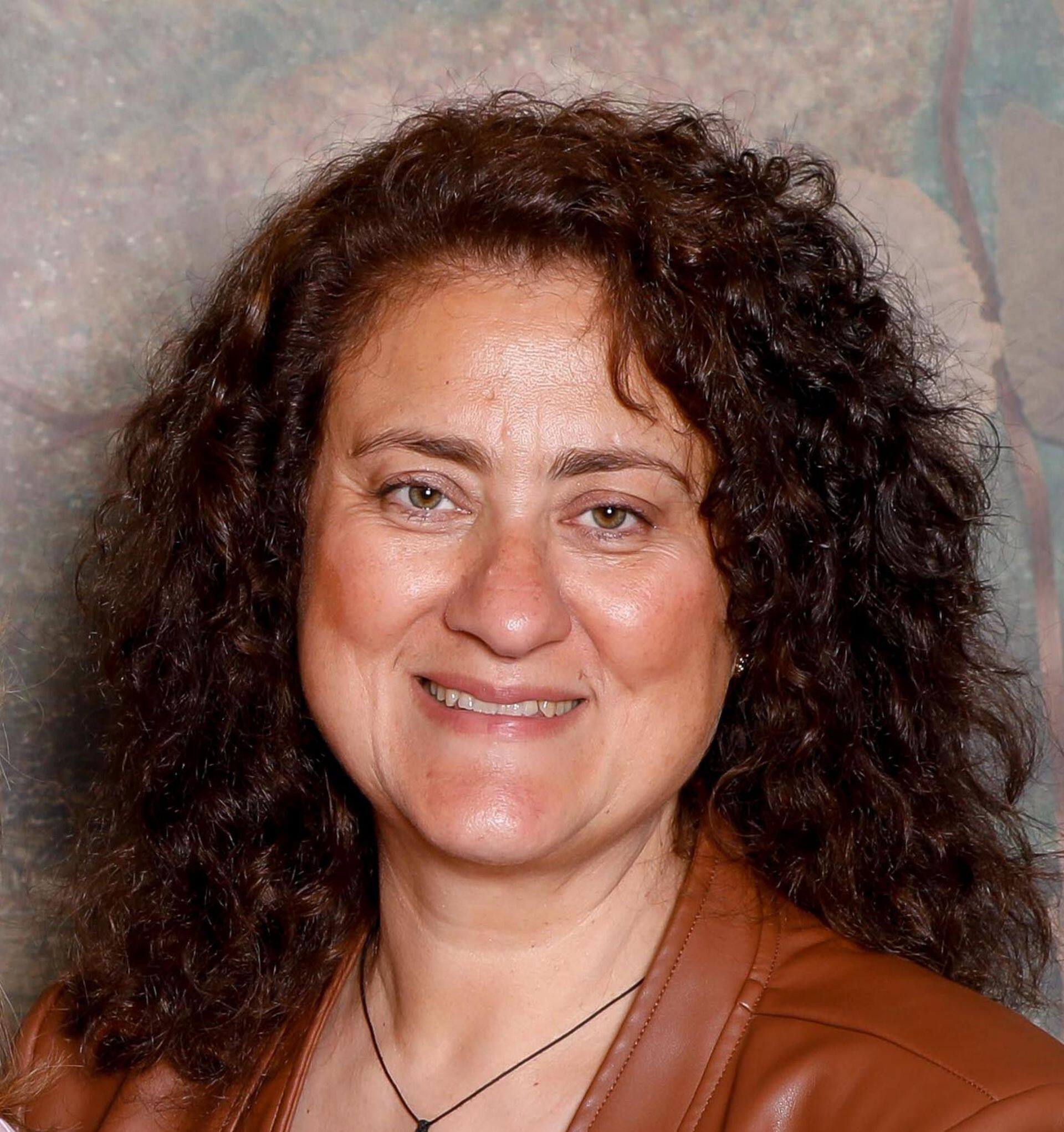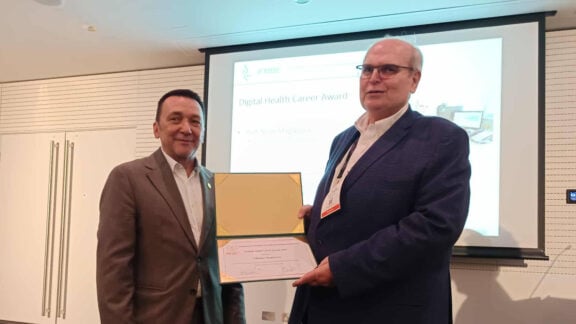Last week, September 4-8 marked Women’s Health Week. In line with this, this article focusses on alternative therapies for menopause which are often used by women to treat menopause symptoms.
Menopause is the natural part of ageing which marks the end of a woman’s reproductive years, accompanied by hormonal changes and troubling symptoms like, hot flushes, night sweats, decline in libido, mood swings, insomnia, anxiety, backaches. These hormonal shifts can also contribute to long-term health issues such as osteoporosis and heart disease. While Hormone Replacement Therapy (HRT) was once the go-to solution, concerns about its risks have led women to explore alternative treatments. These include various complementary therapies and herbal remedies, though their effectiveness is often uncertain. Many women now seek safer alternatives to HRT due to potential health risks associated with long-term use. Many alternative therapies claim to help menopausal women. Some believe natural herbal products are safe, but caution is needed.
Phytoestrogens are plant-derived compounds similar in structure to the human female hormone (estrogen) but are not as potent as the estrogen used in HRT. They are often consumed by women to treat menopausal symptoms. Examples of phytoestrogens include, black cohosh, red clover, soybeans, tofu, lentils, alfalfa sprouts and chickpeas. Herbal remedies have been used traditionally for centuries in different forms like tea, tablets, or powders, but their impact is uncertain.
Black cohosh is seen as a helpful herb for easing hot flushes and mood swings, and it’s generally safe for up to 6 months, although there have been rare cases of liver issues in women using it. Further research is required to better understand if black cohosh has estrogen-like effects in treating menopausal symptoms.
Ginseng is a root often used in traditional Chinese medicine for various ailments, including menopausal symptoms, hasn’t been studied extensively in this regard. Unlike estrogen, ginseng doesn’t seem to act like a hormone replacement.
Evening primrose oil comes from the seeds of a plant found in the United States. It is rich in omega-6 essential fatty acids and has been used for various health issues, like skin problems, arthritis, and fatigue. Women have also used it for conditions such as breast pain, endometriosis, and menopause symptoms like hot flushes. However, it is not clear how it works, and whether it reliably helps menopausal symptoms.
Dong quai is a natural remedy made from the root of a plant found in China and Japan. Traditional Chinese medicine has used it to help with menstrual issues and menopausal symptoms. While scientific evidence doesn’t strongly support its use for menopause, some people find it helpful when combined with other herbs, especially for managing hot flushes and similar symptoms.
Maca is a plant from Peru known for its potential fertility and aphrodisiac effects. Some commercial products claim it can help with menopause symptoms, but there’s limited scientific evidence to back this up or confirm any estrogen-like effects.
Homeopathy is an alternative medicine system that uses highly diluted substances to treat illnesses, following the principle that what causes symptoms in healthy individuals can cure similar symptoms in sick individuals. It has been tried for menopausal symptoms, but scientific evidence doesn’t strongly support its effectiveness compared to a placebo.
Complementary methods like acupuncture, moxibustion, and reflexology are often used to ease symptoms, including those of menopause. While there’s historical evidence of their effectiveness spanning thousands of years, the limited scientific data we have are not clear. To be more certain about how well these methods work for menopausal symptoms, further clinical trials and research is needed.
Lifestyle changes, including regular exercise is also inconclusive to treating menopausal symptoms. Some studies suggest positive associations with reduced symptoms whilst others suggest no or worse associations. Despite this, physical activity is always beneficial for overall health and well-being and should be included as a daily activity in pre- and post- menopause.
Currently, Hormone Replacement Therapy (HRT) stands as the most effective short-term approach for managing menopausal symptoms. It also has benefits of improving bone density and reducing the risk of bone fractures. It is used to manage severe symptoms that affect the woman’s quality of life significantly. However, long-term studies have raised concerns about its potential for high-risk side effects such as breast and ovarian cancer, stroke, and blood clots. Alternative therapies, often considered safer, lack conclusive scientific evidence regarding their effectiveness and there is uncertainty about potential interactions with conventional therapies, which could lead to unexpected adverse effects. Therefore, it is advisable for all alternative therapies to be administered under the supervision of healthcare professionals.
Just because they’re natural, doesn’t mean they’re risk-free.

For further reading:







